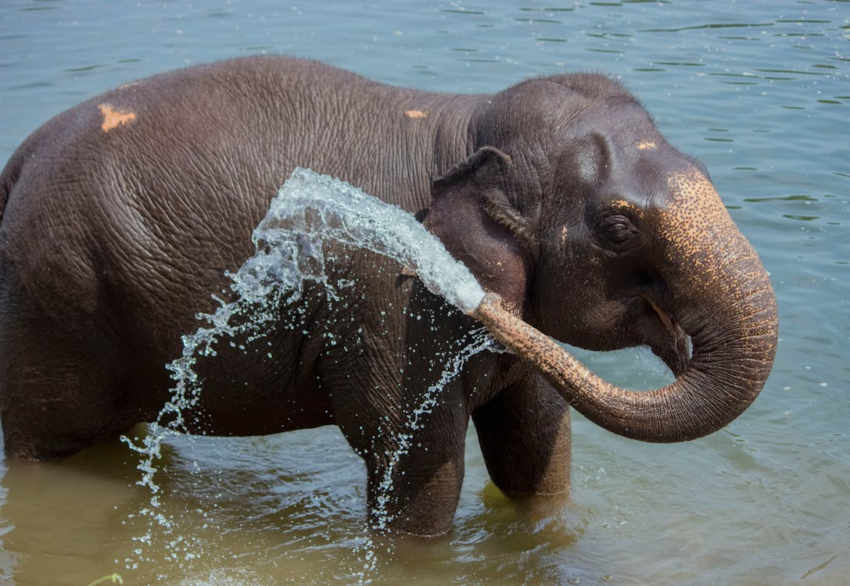Scientists at Colossal Biosciences, a de-extinction company, have announced a significant breakthrough in their high-profile project of engineering elephants with woolly mammoth traits. The team has successfully reprogrammed elephant skin cells to an embryonic state, a key milestone on the possible path to reviving the extinct species.
Eighteen years ago, researchers demonstrated the capacity to reprogram mouse skin cells into a state where they can differentiate into any of an animal’s cell types, known as induced pluripotent stem (iPS) cells. Colossal aims to implement this technology on a larger scale by creating herds of Asian elephants, the closest known relative of the extinct woolly mammoths, genetically adapted to mimic the extinct creature’s notable features like shaggy hair and extra fat.
However, despite the optimism surrounding the feat, producing elephant iPS cells has proven to be incredibly challenging, indicating the potential difficulties looming in the team’s ambitious plans. Jeanne Loring, a stem-cell biologist at the Scripps Research Institute in La Jolla, California, noted the specific challenge saying, “The elephant has been challenging.”
The initial struggle for Colossal’s head of biological sciences, Eriona Hysolli, seemed to confirm Loring’s assessment as the team had difficulties successfully reprogramming elephant cells using known techniques. Shifting strategies, the researchers treated elephant cells with a mix of chemicals as well as following up with key reprogramming factors. A crucial step was suppressing the expression of the anti-cancer gene TP53, leading to the successful creation of Elephant iPS-cell lines.
Hard-earned technological successes notwithstanding, experts continue to express concerns over the broader ethical questions surrounding the pursuit of de-extinction. Scientists like Karl Flessa, a professor of geosciences at the University of Arizona, couldn’t hold back their skepticism. Flessa asked, “First of all, I think you’re going to get a bit of a freak show in a zoo somewhere.” Joseph Bennett, an associate professor of biology at Carleton University, also questioned the project’s purported conservation benefits, expressing doubts over the idea of bringing back a part-mammoth, part-elephant species.
However, supporters argue that successful de-extinction could inject much-needed funds into conservation efforts. Furthermore, significant advances in reproductive biology might reduce the need for live surrogates, making use of in vitro gestation instead. In the face of lingering uncertainties, Vincent Lynch, an evolutionary geneticist from the University of Buffalo, remains hopeful, arguing: “Given enough time and money, it should be possible,”
Information Box:
– Colossal Biosciences is a Texas-based de-extinction company aiming to revive extinct species through genetic engineering.
– A significant challenge so far has been in creating Elephant iPs-cell lines, a crucial step in creating the engineered Elephas-Mammuth hybrid.
– De-extinction raises ethical questions regarding the feasibility and ultimate benefit of the projects.
– Successful de-extinction could introduce critical developments in endangered species conservation efforts.
Reference 1: Nature.com, Journal “Nature” by Ewen Callaway, 06 March 2024
Reference 2: NPR.org, “Scientists take a step closer to resurrecting the woolly mammoth” by Rob Stein, 06 March 2024
Reference 3: arstechnica.com, “Company that plans to bring back the mammoth takes a key step” by John Timmer, 06 March 2024.

